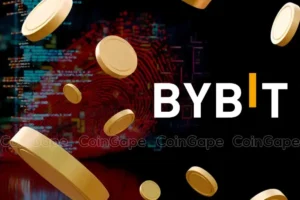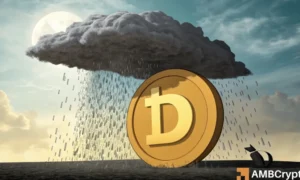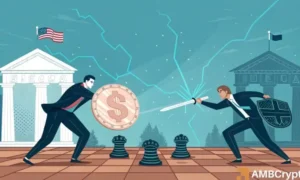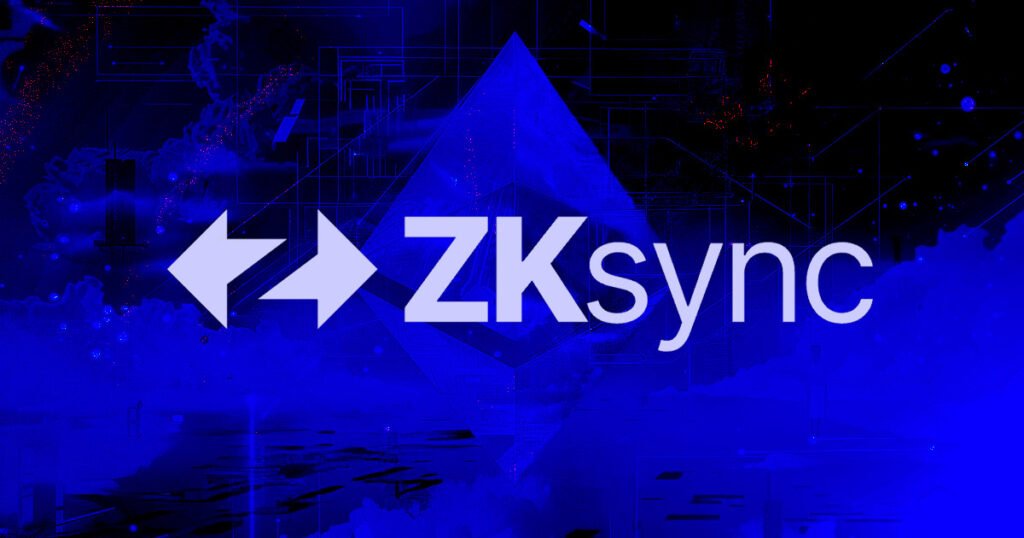Solana co-founder Anatoly Yakovenko recently criticized the Ethereum layer-2 network ZKsync, claiming that despite claims of community-led governance, it still operates like a multisig system. Yakovenko argued that the decentralized governance of ZKsync could easily fall under the jurisdiction of a court, compromising its decentralization. He highlighted the risk of a court ordering control of bridged assets under a bankruptcy trust.
Yakovenko’s comments were in response to Alex Gluchowski, the co-founder and CEO of Matter Labs, the team behind ZKsync. Gluchowski had claimed that the network’s new decentralized governance system was not a multisig setup, marking a critical step towards Stage 2 of decentralization. Stage 2 involves placing trust entirely in the blockchain’s code and algorithms to ensure security, open access, and resistance to manipulation.
Unlike other Ethereum layer-2 networks, ZKsync’s decentralized governance system introduces a three-body structure. This includes the ZK token assembly, delegates, and the ZKsync Security Council. The token assembly consists of token holders who can delegate voting power to delegates, who in turn can submit and vote on governance proposals. Delegates are protected by the ZKsync Association, ensuring legal protection against personal liability concerns.
The ZKsync Security Council, comprising engineers, auditors, and security professionals, has the power to review and approve protocol upgrades, freeze the protocol, and submit necessary time-sensitive upgrades. However, their power is limited as they cannot unilaterally submit and approve upgrades. The ZKsync Guardians play a role in ensuring governance proposals align with the ZK Credo principles and hold veto power to check the actions of other governance bodies.
In collaboration, the three governance entities—Token Assembly, Security Council, and Guardians—review and execute proposals, such as ZKsync Improvements, Token Programs, and Governance Advisory changes. The structure prevents individuals or groups from having unilateral control over proposals and upgrades, ensuring a more decentralized decision-making process. This system aims to enhance transparency and security within the ZKsync network’s governance structure.
Overall, ZKsync’s decentralized governance system represents a significant step towards achieving full decentralization and ensuring the network’s security and integrity. With a robust governance structure in place, ZKsync is taking measures to prevent centralized control and prioritize community-led decision-making processes. As the network continues to evolve, it will be interesting to see how this governance model translates into practical outcomes for the ZKsync community.

















